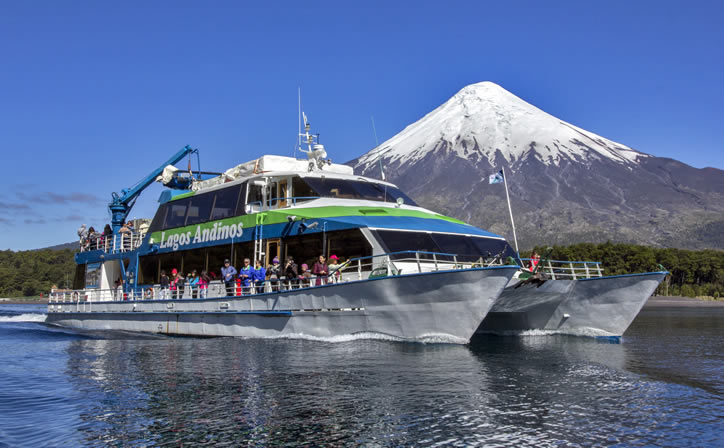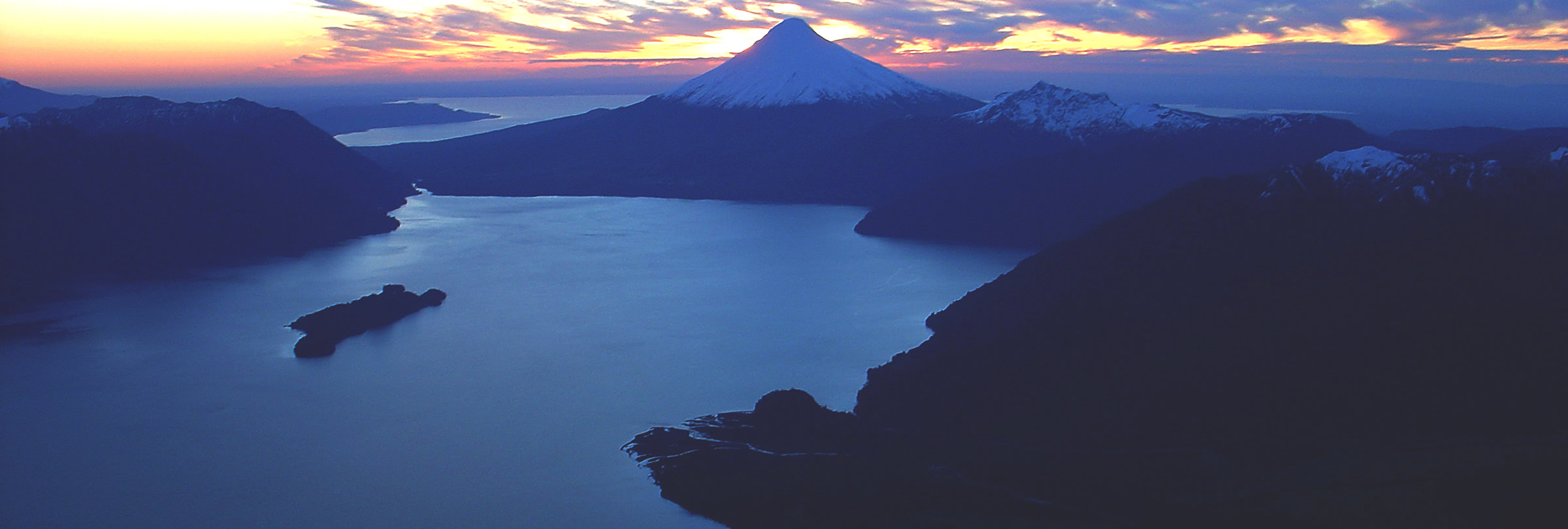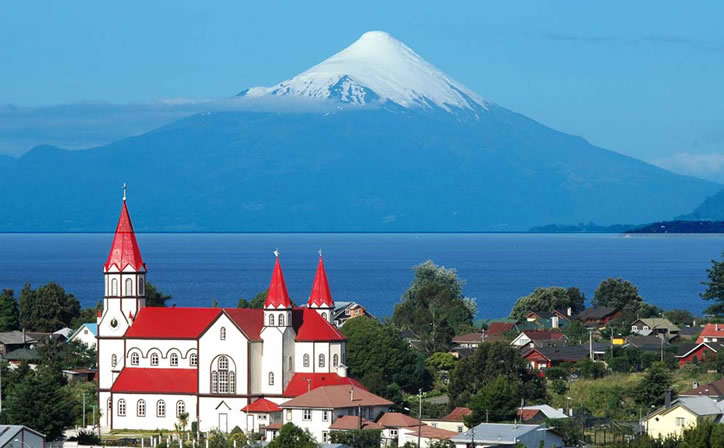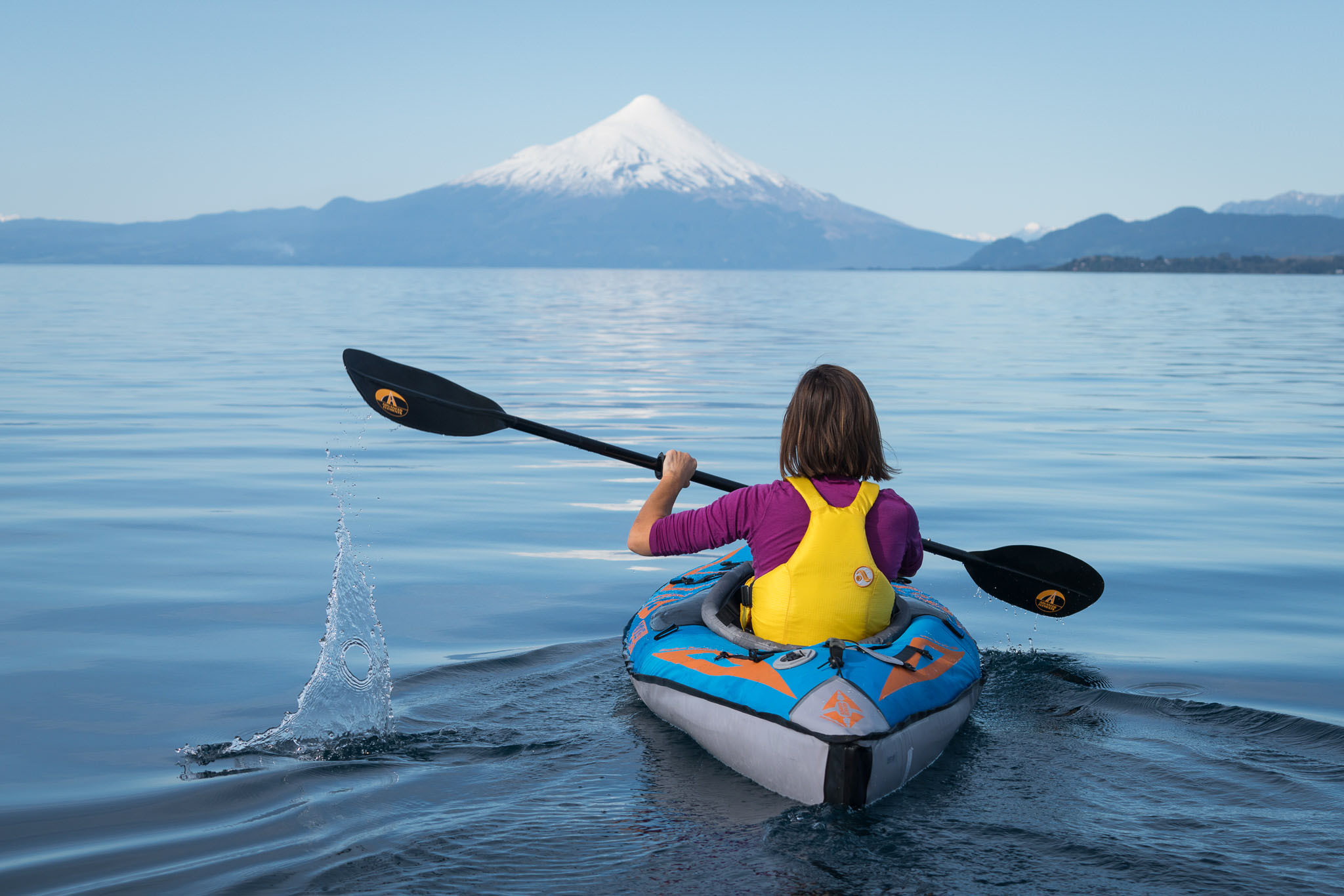Osorno Volcano — South America’s Perfect Peak
March 4, 2019 - 3 minutes read The towering snowcapped peak of Osorno Volcano is one of the major landmarks along the Cruce Andino route through the Andes between Chile and Argentina.
The towering snowcapped peak of Osorno Volcano is one of the major landmarks along the Cruce Andino route through the Andes between Chile and Argentina.
Topping off at 8,701 feet, the towering stratovolcano is located on the southeastern shore of Lake Llanquihue in the Lake District of southern Chile. And yes, many people have commented how the mountain is the spitting image of Japan’s Mount Fuji, owing to its perfect shape and upper slopes mantled in glaciers due to the moist maritime climate.
Historically one of the most active volcanoes in the Chilean Andes, Osorno erupted 11 times between 1575 and 1869, but is now dormant. During his second voyage aboard the HMS Beagle, Charles Darwin glimpsed the volcano erupting in January of 1835.
If you want to do more than admire it from the deck of a Cruce Andino ferry, Osorno’s climbing season is the southern hemisphere summer (December to March). Treks to the summit generally start from trailheads near Puerto Clocker, Ensenada or Petrohué. Ascents take about six hours and its strongly advisable to trek with a local guide.
Some climbing outfits recommends a two-day adventure starting with a hike to El Refugio Teski (at 4,000 feet) to give yourself a chance to acclimatize, have dinner, check and prepare equipment, register with the national park ranger and get a good night’s sleep in the mountain hut.
Starting at sunrise the next morning, you undertake the remainder of the steep hike to the summit, reaching the top around midday for a panoramic view that includes Lake Todos los Santos, the Petrohue River Valley, Lake Llanquihue, and nearby volcanoes like Puntiagudo, Tronador, Calbuco, Casablanca and Puyehue. The descent should get you back the ranger station by 5 PM.
Rainfall is plentiful in this region and Osorno’s lower forested slopes definitely benefit from the precipitation. Between 300 and 600 feet above sea level, you’ll find coihues and lengas, two of the trademark trees of Patagonia. Starting at about 2,500 feet, you can come across the Andean birch — the oldest species in the forest. At about 6,500 feet, the vegetation fades into a chilly high altitude desert of volcanic rocks and snow.
There’s also a possibility to spot wildlife, especially in the forested areas. Among the animals that inhabit the area are a small deer called the pudú, chingue (Patagonian skunk), long-muzzled weasel, culpeo (Patagonian fox), quique (a kind of ferret) and puma (mountain lion). Birders should look out for the huet-huet, hummingbirds, kestrel and a variety of woodpeckers.
Tags: Climbing Osorno Volcano, Cruce Andino, Osorno, volcano


0 Comments